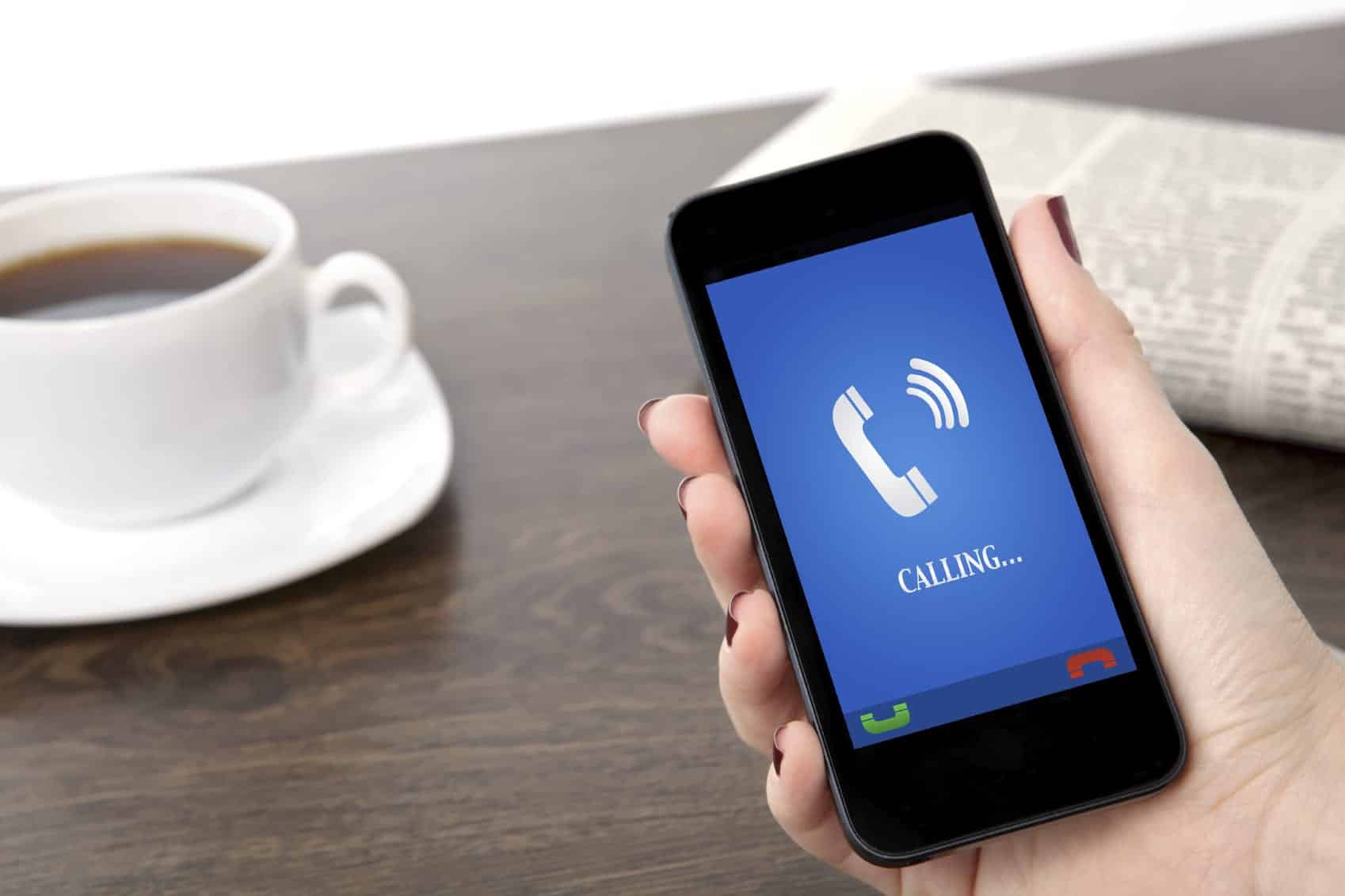By Princess Jones
When you mention cold calling to a group of entrepreneurs, you’ll either get knowing nods or groans. I would be one of the nodders. Cold calling was how I got my business started. I spent hours on the phone each day contacting possible clients. At first, I felt slimy. All I could imagine was that the person on the other end would hate me for calling them. I felt like a telemarketer–a bad one at that.
But a few weeks into it, I realized that my cold calling was working. I was getting gigs. I was landing long-term clients. And I realized that there was a huge difference between cold calling and telemarketing.
You’re not calling everyone.
The first step in a cold calling program is identifying actual prospective clients. You don’t call any phone number you can get your hands on. That’s a waste of everyone’s time. Instead you spend your prep time (or money if you’re buying the list instead of curating it yourself) narrowing down that list from everyone to everyone that might need your product.
Remember: Only use targeted cold calling lists. Prospects should be vetted. Only call those who need your product and know they need it.
You believe in what you’re selling.
Telemarketers are often a group of low paid amateurs just trying to make enough calls to keep their numbers up and maybe earn a bonus at the end of the day. They often don’t know a whole lot of about their products or even use them themselves. You are not some hired gun that will sell whatever is on the list to whomever happens to answer the phone. You believe that your business’ service or product will do what you say it will do and add value for the person on the other end of the line.
Remember: Know and believe in your product. Be ready to answer questions and give information. If you have to put together an information sheet to refer to as you call, do it.
You’re not trying to scam anyone.
Not all telemarketers are scammers, but a lot of them are. Recently, I was treated to a call on my home number from a gentleman telling me my computer had sent out a help signal and he wanted to help me fix it. Obviously, he was going to try to convince me to download some program that would install a virus. Or maybe he would have tried to convince me to sign up for some virus protection subscription. Either way, it was a lie. You’re not going to do that, are you? Good.
Remember: Be upfront and honest about your intentions. Don’t lie about who you are and the reason for the call. If lying gets you through the door, the prospect will never trust you.
You haven’t mistaken this for an infomercial.
Sometimes when you receive telemarketing calls, no one is on the other end of the call. It’s actually some sort of recording that does the sales pitch for you. No, it doesn’t check if you won a house and would even need vinyl siding. It just goes on and on and on. That’s not the way to engage anyone.
Remember: This is a conversation you’re having. Be ready to ask questions and engage instead of just broadcasting.
You’re not trying to make a sale in one call.
The biggest difference between cold calling and telemarketing is that cold calling seeks to build a relationship. Your goal isn’t to get a credit card number during the call. Instead, you’re looking to set up a meeting, a consultation, a follow-up email, etc. This is just the first step. Cold calling can be a rewarding and successful campaign as long as you don’t let it turn you into a telemarketer.
Remember: Cold calling is just the first step in a long successful relationship between your business and theirs.

